Introduction of Chinese Lanterns
Chinese lanterns (Deng Long, 灯笼), also known collectively as Deng Cai (灯彩), an ancient Han Chinese traditional craft. Through thousands of years of development, Chinese lanterns have developed different regional styles, each with a unique artistic expression. Every year, around the Lantern Festival on the 15th day of the first month of the lunar calendar, people hang up red lanterns, which symbolize the meaning of reunion, to create a festive atmosphere.
Lanterns are closely related to the life of Chinese people and have become a symbol of joy and celebration. Through the succession and development of lantern artists in the past generations, a colorful variety and high level of craftsmanship have been formed. There are various types of lanterns: palace lanterns, sarong lanterns, and so on. The outer layer is mostly made of thin bamboo or wire skeleton, and covered with transparent materials such as paper or yarn, and the candles are burned inside for lighting and decoration.
The origin of the Chinese lantern has a variety of sayings, one of the more widely circulated is: during the Eastern Han Dynasty, the emperor Liu Zhuang advocated Buddhism, heard that Buddhism has the practice of the 15th day of the first month monks lit lanterns to honor Buddha, so the emperor ordered to light lanterns in the palace, and asked officials and people to follow suit. Later, this day gradually formed into a grand folk festival, which went through a process of development from the palace to the folk and from the central plains to the whole country.
The cultural concept of Chinese lanterns
Lanterns are an important part of Chinese New Year culture, both in ancient times and nowadays, hand-tied lanterns not only bring out the festive atmosphere of traditional Chinese festivals, but also give people more inspiration to pray for good fortune and hold the good expectation of health, peace and longevity.
Chinese lanterns are a combination of painting art, paper cutting, paper tying, stitching, and other crafts. Lanterns are closely related to Chinese life, and they are found everywhere in temples and homes. Not only is it used for lighting, but it is often a symbol as well.
The Lantern Festival is the time of year when lanterns are at their peak. The custom of viewing lanterns at the Lantern Festival originated in the early Han Dynasty, and during the Kaiyuan period of the Tang Dynasty, lanterns were tied to celebrate the peace and prosperity of the country, symbolizing the strength of the country and the happiness of the people through the flashing lights.
Until modern times, lanterns also play an important role in home decoration, but the material of lanterns, some from the original paper, bamboo, into cloth, plastic, wire, and lantern shape and color are also very different from the traditional.
Classic Chinese lantern style
Palace Lantern
Gong Deng (宫灯, palace lantern) is a kind of lantern used in ancient China's imperial palace, started in the Eastern Han Dynasty and flourished in the Sui and Tang Dynasties. It is mainly made of fine wood as the skeleton, inlaid with silk, and painted with various patterns outside the lanterns, which is famous for its gracefulness and elegance, full of courtly style.
As a result of long-term use for the palace, in addition to lighting, but also with fine and complex decoration to show the wealth and luxury of the emperor. The traditional palace lanterns are octagonal, hexagonal, and quadrangular in shape, and the patterns of painted on each side are mostly about dragons and phoenixes, or patterns symbolizing good luck and goodwill.
Jiang Sha Deng
Compared with other lighting lanterns, Jiang Sha Deng (绛纱灯) are more decorative and therefore loved by the people and the court. The ancients liked to light Jiang Sha Deng in processions during festivals and wedding ceremonies.
The difference between Chinese lanterns and Japanese lanterns
The skeleton of the lantern is the main difference.
- Japanese lanterns have a dense horizontal and vertical horizontal skeleton.
- Chinese lanterns have longitudinal bones or horizontal and vertical staggered structure. The horizontal bones in Chinese lanterns mainly play an auxiliary role in fixing, and will not be used as the core structure.

Japanese lanterns
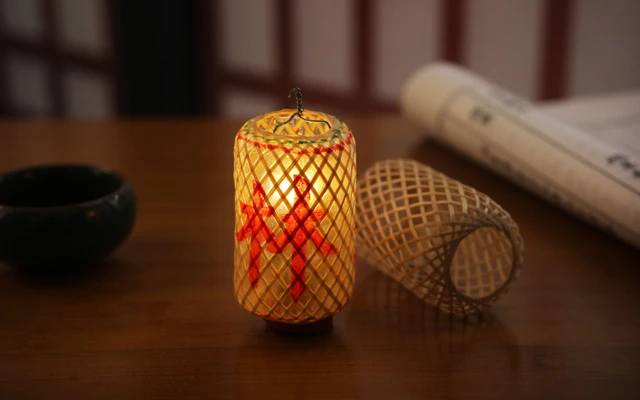
Chinese lanterns
Traditional Chinese lanterns mostly use beige, and red as backgrounds, and often have various patterns drawn on them, implying different symbolic meanings.
Lanterns are an important part of Japanese culture. Chinese and Japanese lanterns are still quite different, and each has its own characteristics and cultural connotations.
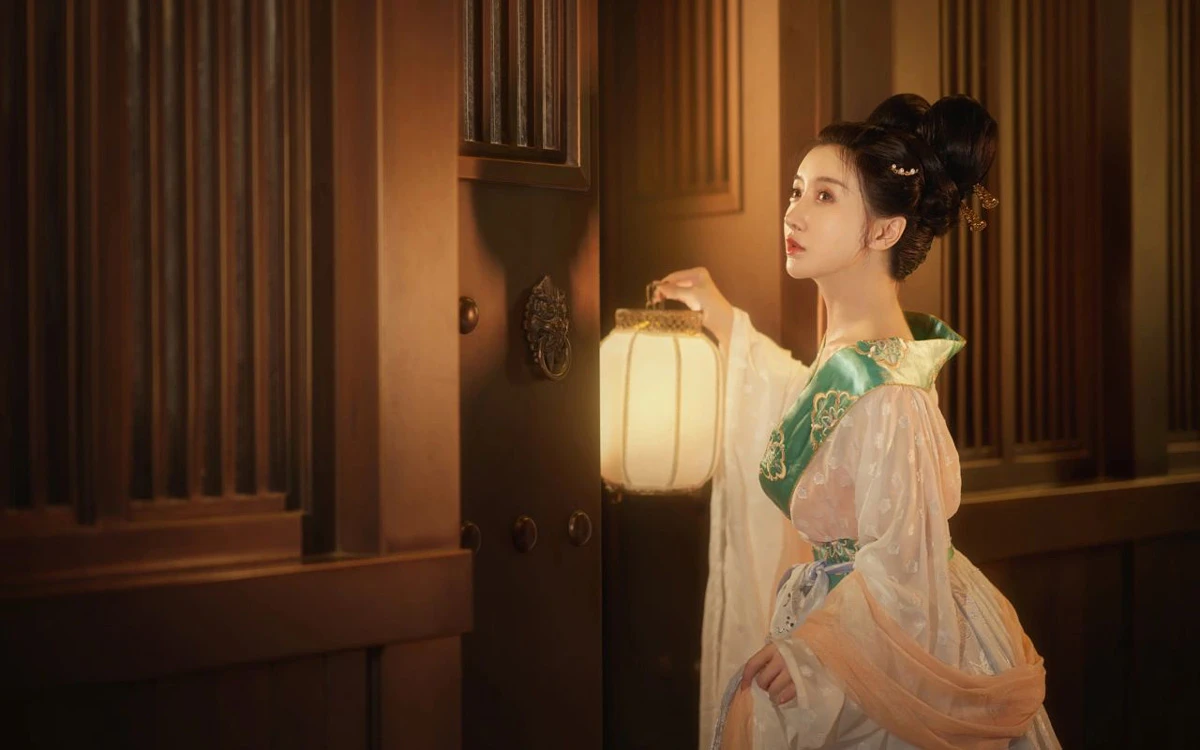
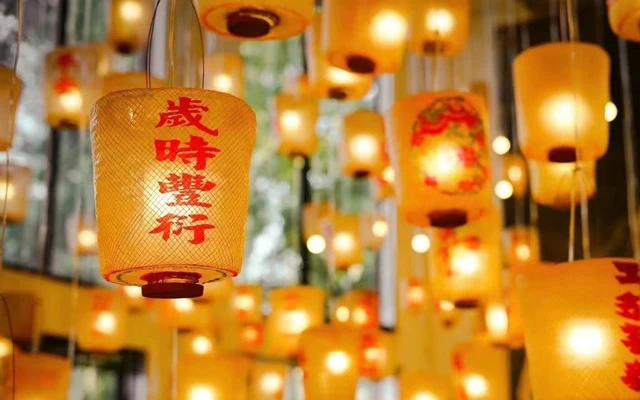
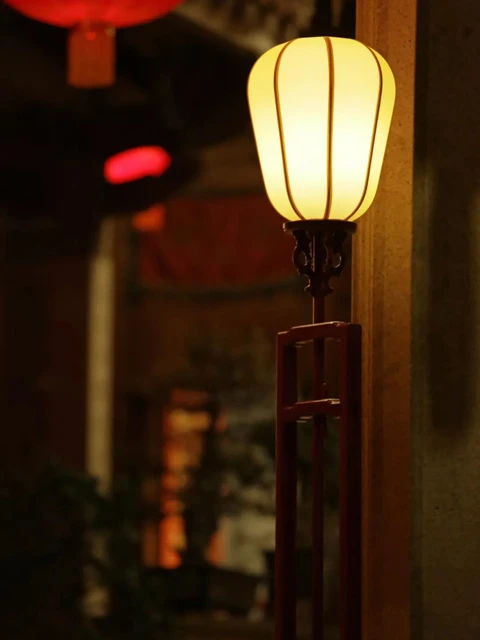
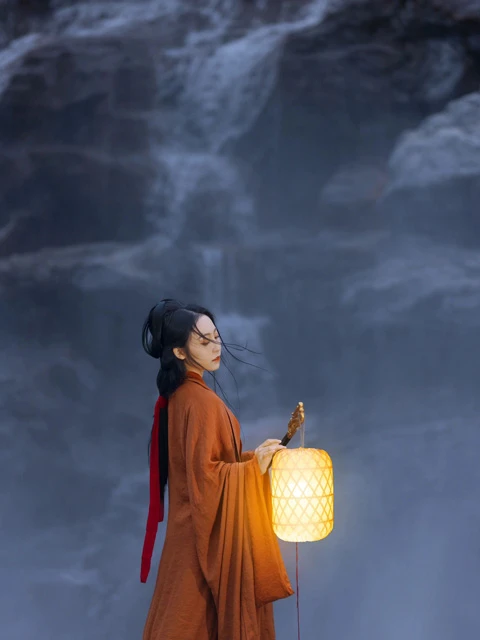
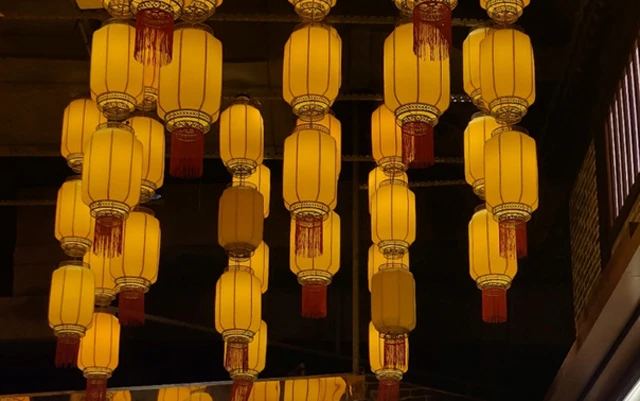
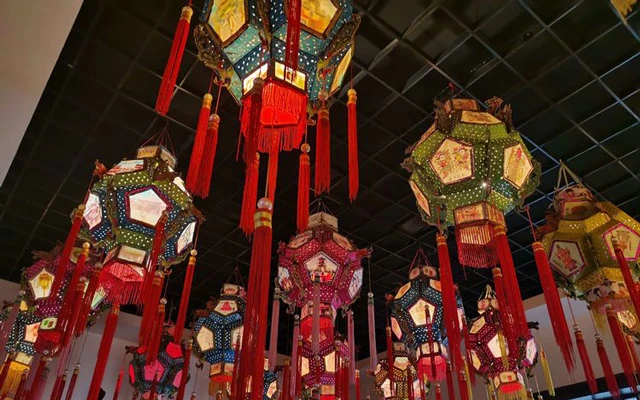
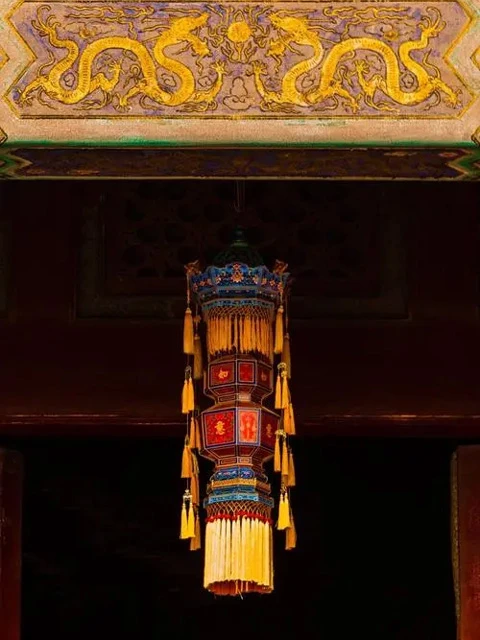

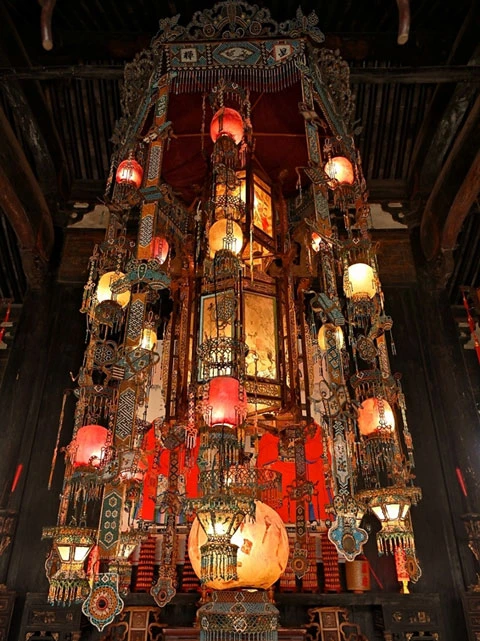
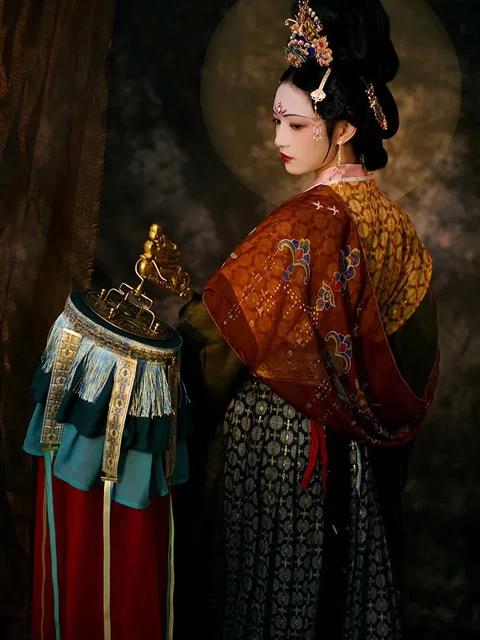
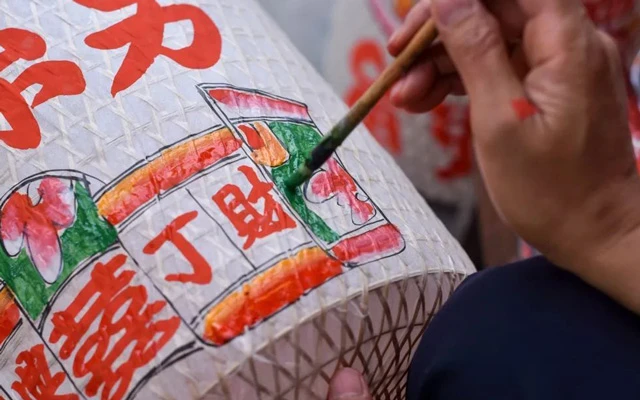


Apalagi kalau lentera itu dihias menambah keindahan
Aku suka lampion, terlihat unik